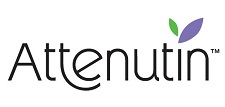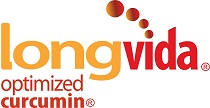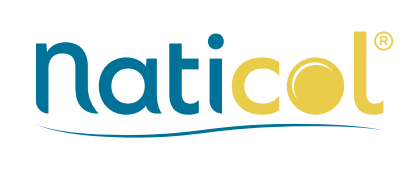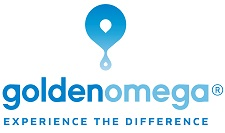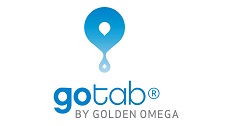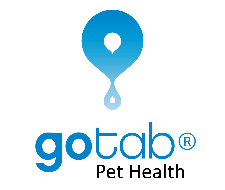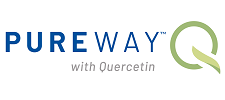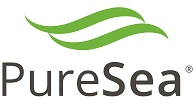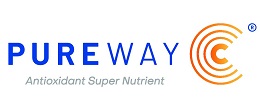EpiCor® Benefits for a Healthy Gut Microbiome
- 12 January 2023
- Written by LEHVOSS Nutrition

LEHVOSS Nutrition offer EpiCor®, a postbiotic whole food fermentate clinically shown to support the immune system and beneficially modulate the gut microbiota. Backed by over 75 years of fermentation expertise, EpiCor® postbiotic is made through a natural proprietary process that creates a unique composition of beneficial metabolites.
A study conducted in Europe, aimed to investigate the gut health effects of EpiCor®, showed significant results which demonstrated EpiCor®’s gastrointestinal and postbiotic benefits at only 500mg daily dose and supported the link between the immune and digestive systems.1
According to this research, EpiCor® was able to modulate the composition of the gut microbiome, resulting in improvement of constipation-associated symptoms.
The reported increase in bowel movements may have altered the gut microbial community by increasing those groups of bacteria that are better adapted to a faster gastrointestinal transit time. Improvement of these symptoms were nicely correlated with improved quality of life and reduced stress levels.
What is the difference between prebiotics, probiotics and postbiotics?
- Prebiotics, like fibre found in leafy greens are “the fuel” for the beneficial bacteria in the gut.
- Probiotics, such as live beneficial bacteria, act like the “factories” to the fermented fibres and prebiotics to make metabolites.
- Postbiotics, like Epicor® do not rely on individual’s microbiome, as they are fermented outside the body by bacteria or yeast. They only contain the beneficial metabolites, readily available: “the goods” that support the body.
Want to find out more? Visit our EpiCor® dedicated page or contact us.
References:
1) Pinheiro I., Robinson L., Verhelst A., Marzorati M., Winkens B., Van den Abbeele P., and Possemiers S., A yeast fermentate improves gastrointestinal discomfort and constipation by modulation of the gutmicrobiome: results from a randomized double-blind placebo-controlled pilot trial. BMC Complementary and Alternative Medicine (2017) 17:441



 Could a natural ingredient outperform a well-known solution in oral health?
Could a natural ingredient outperform a well-known solution in oral health?

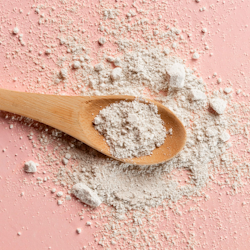 At
At 


